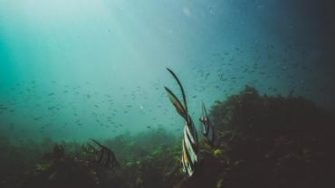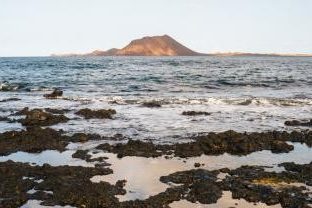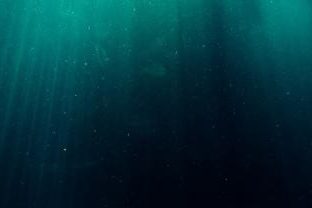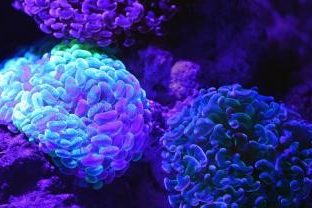
Microbial diversity in the marine environment is enormous and often 1000s of different species are found in a single habitat.
We have recently postulated that much of the diversity encountered is due to chance (“lottery hypothesis”) and that bacterial communities are assembled from “guilds” of functional equivalent organisms.
Through comparative genomics, we’ve provided evidence for this hypothesis and we’re exploring which functions define particular communities in specific habitats. This project will provide an important conceptual advancement in the field of microbial ecology as it aims to define the assembly of microbial communities by functional properties rather than by the species.




